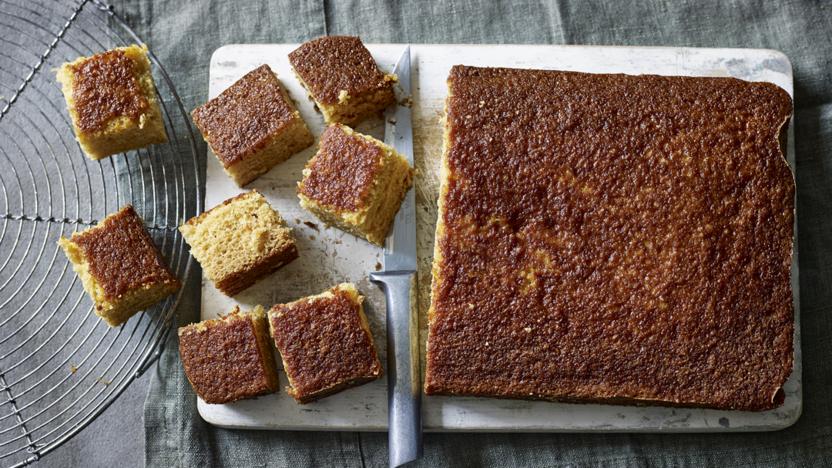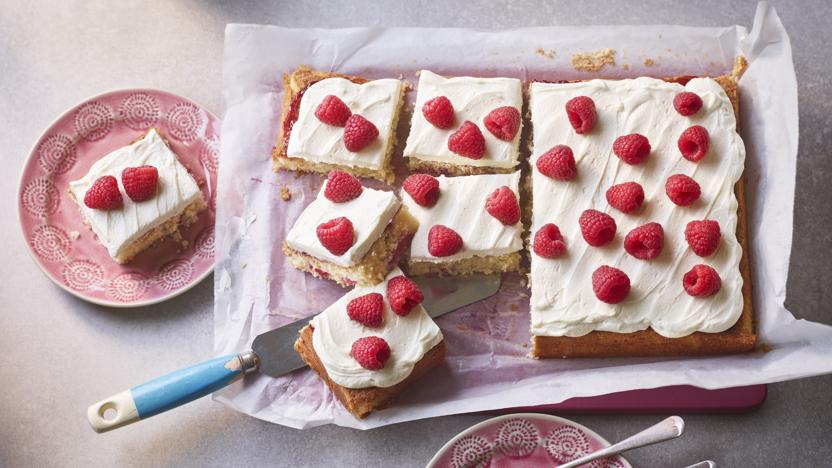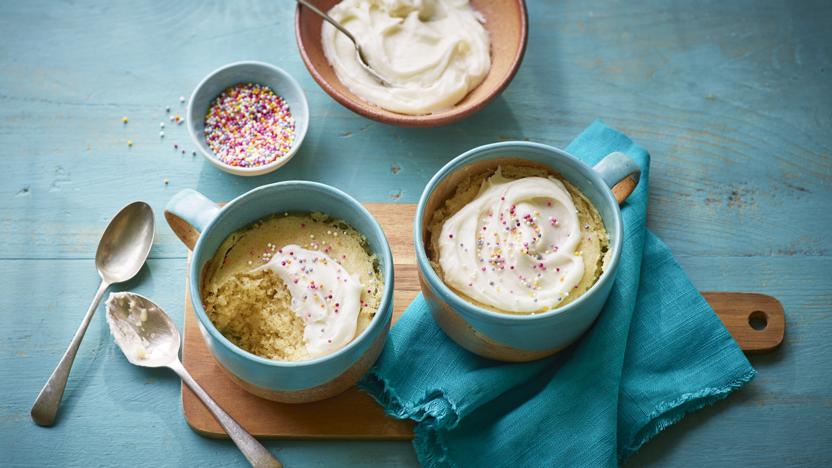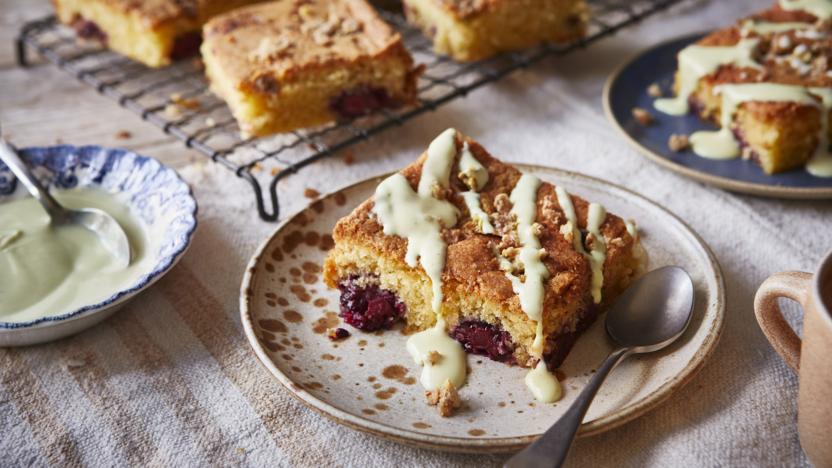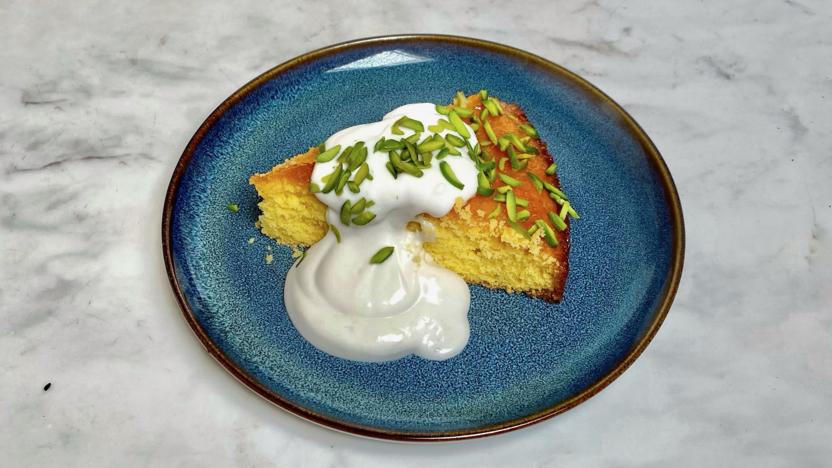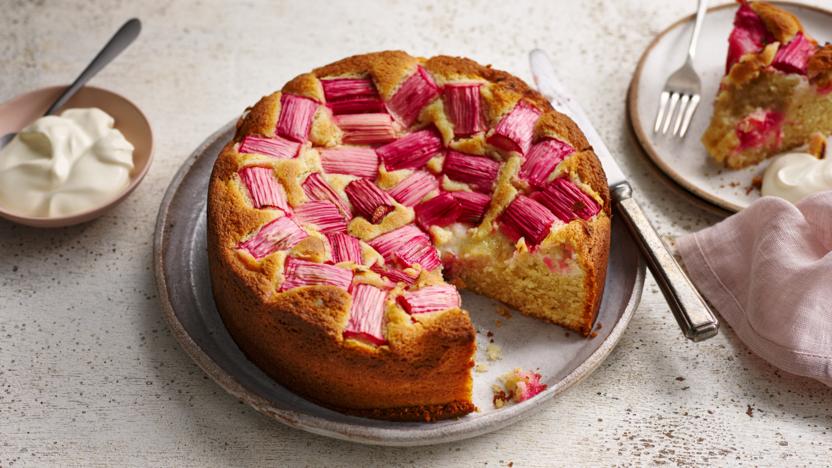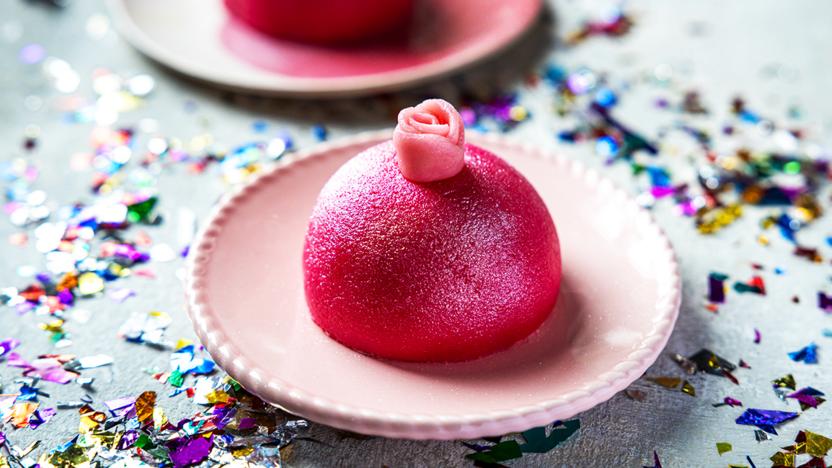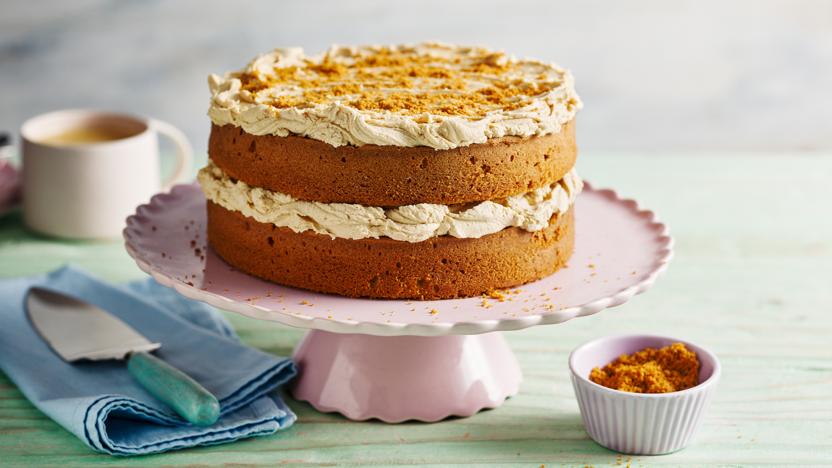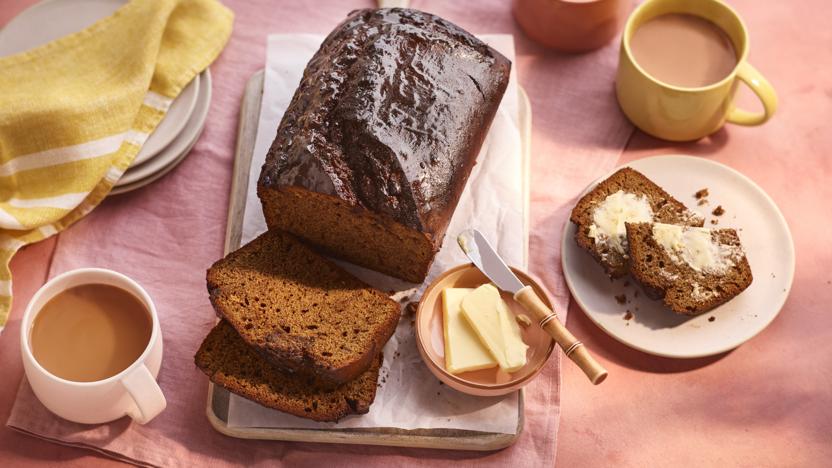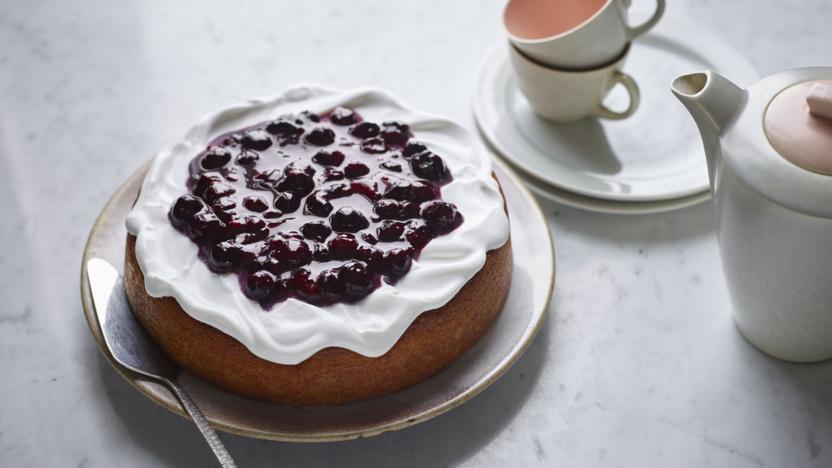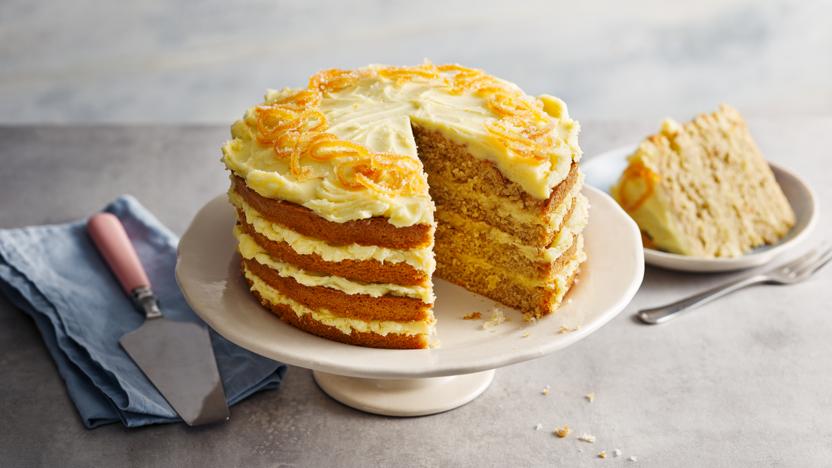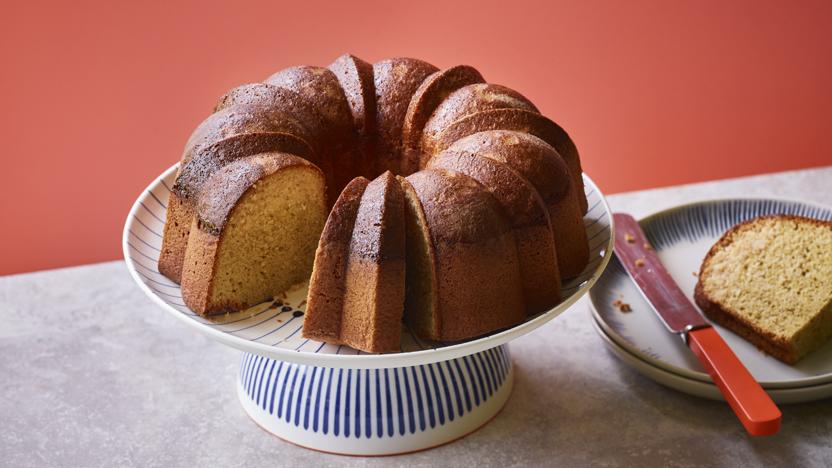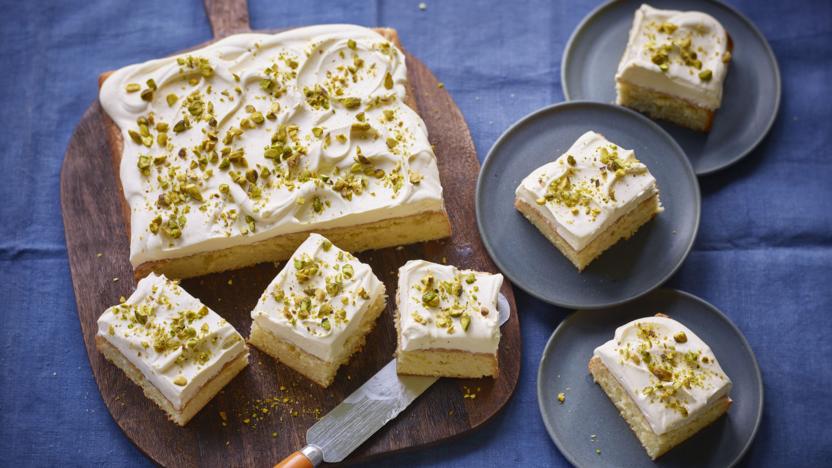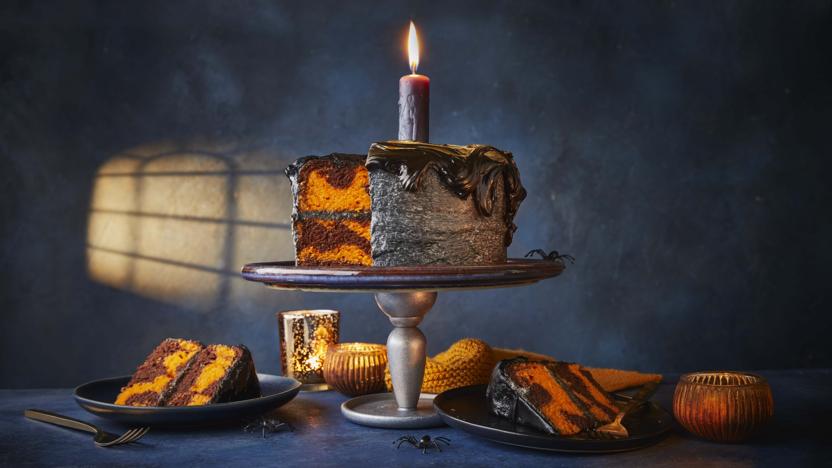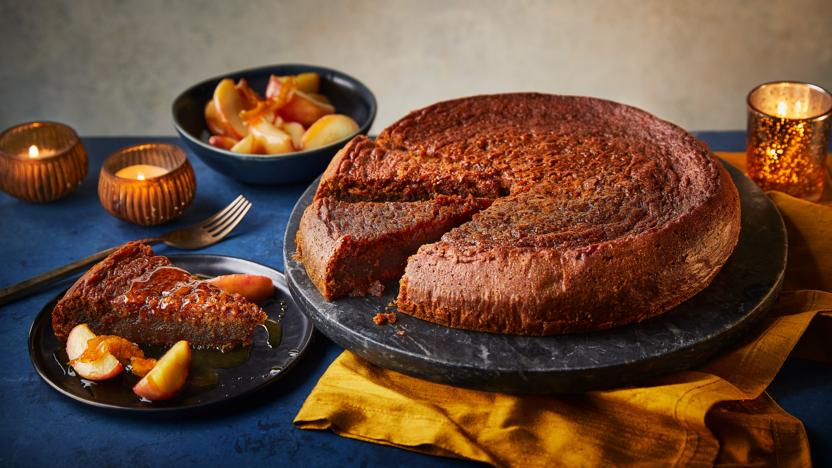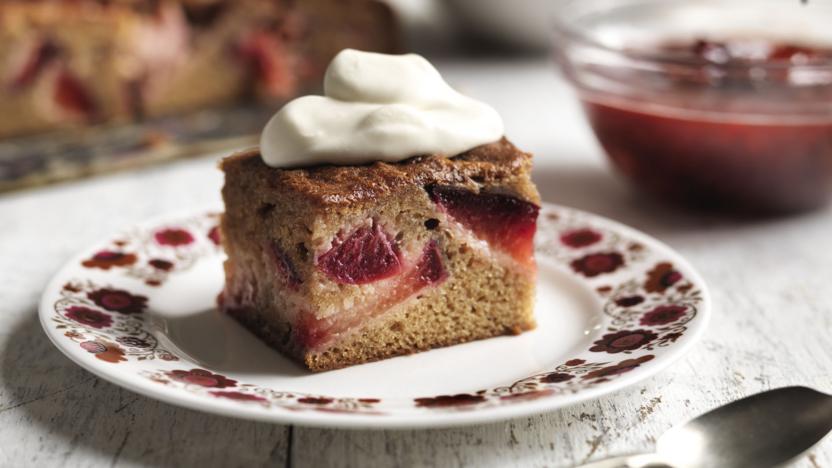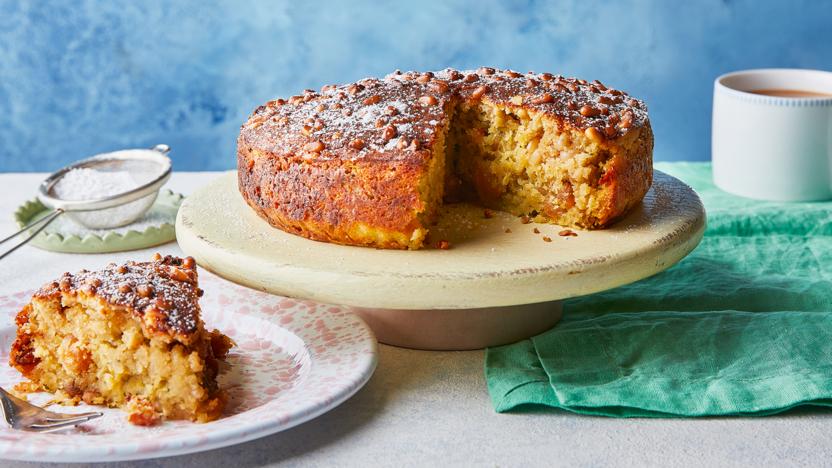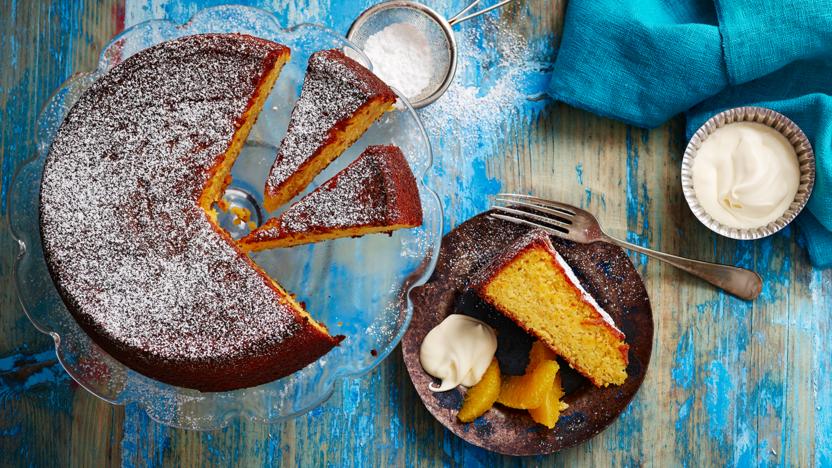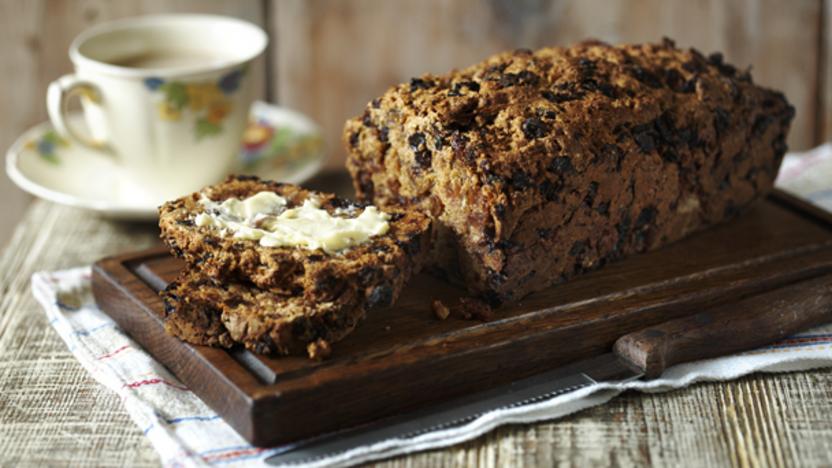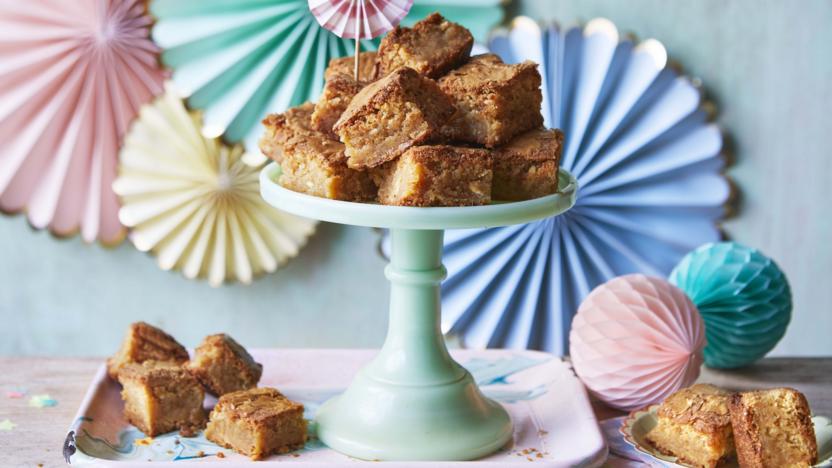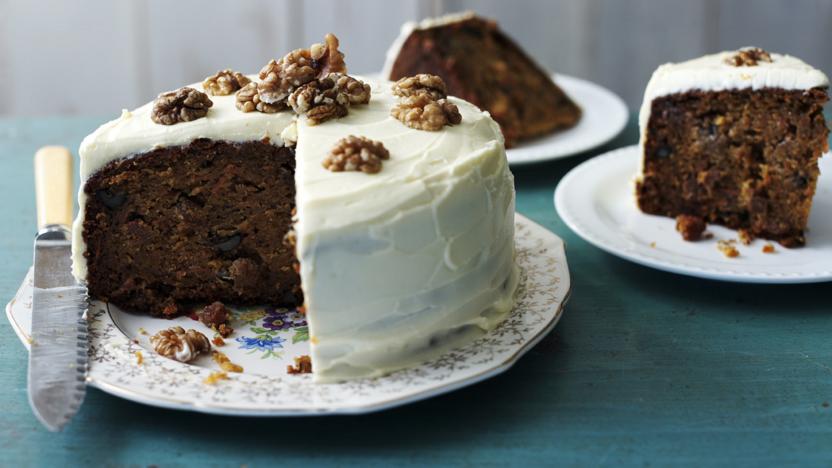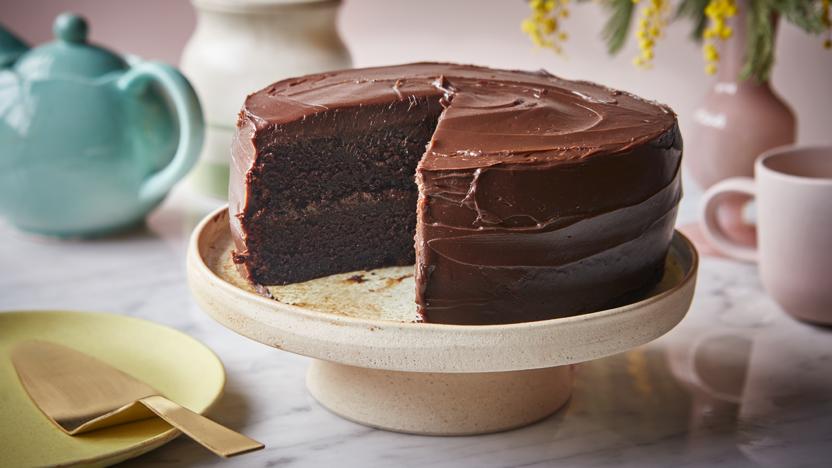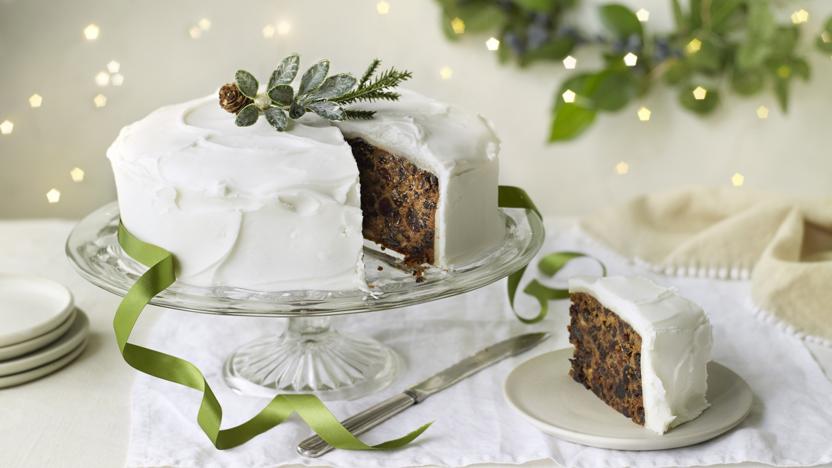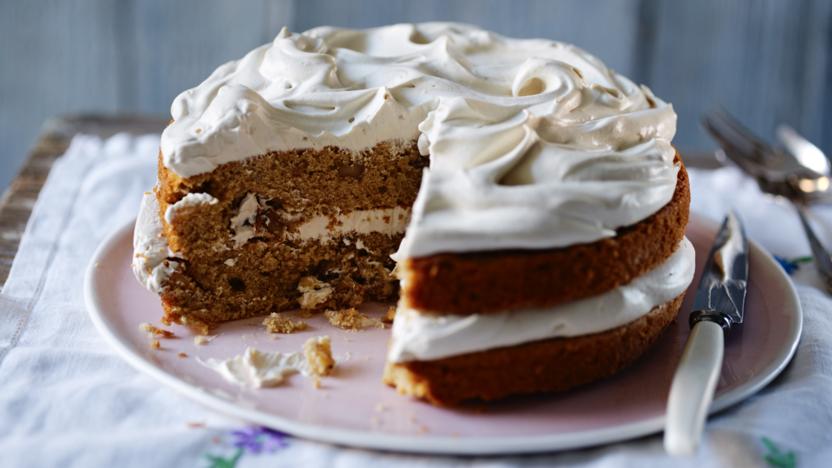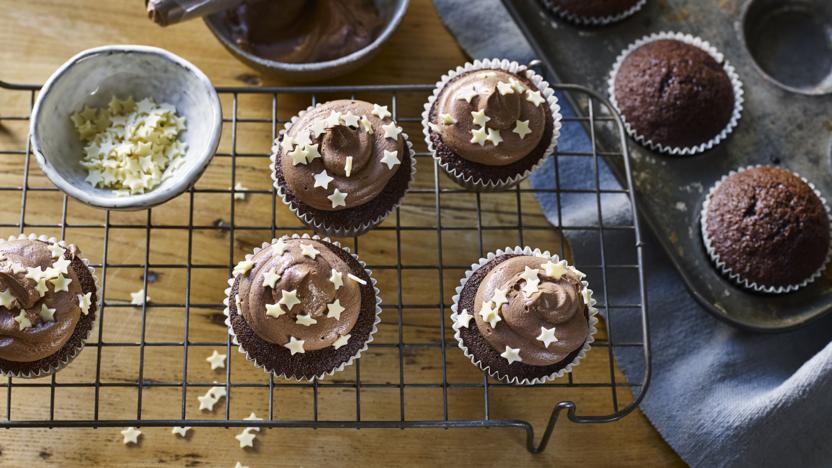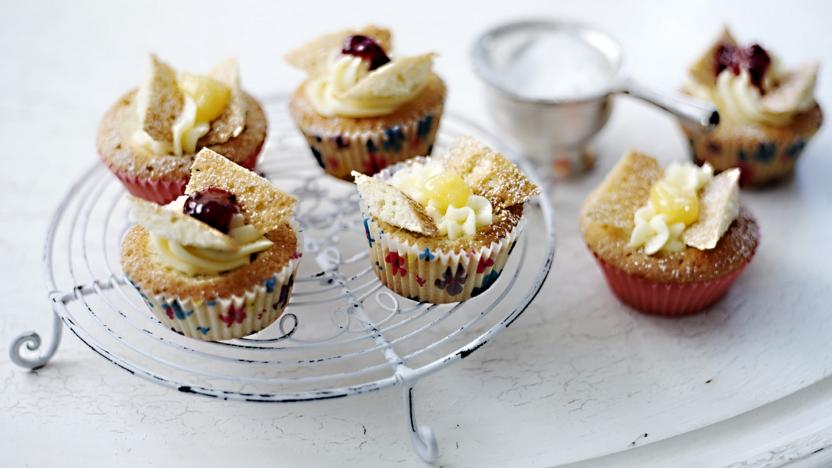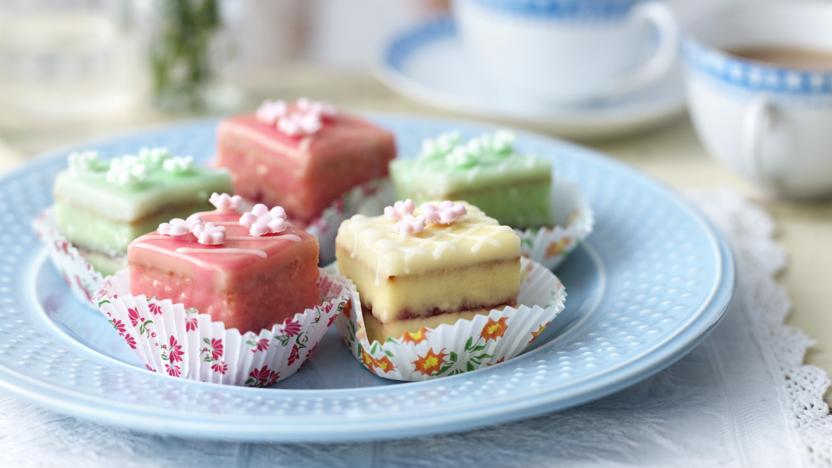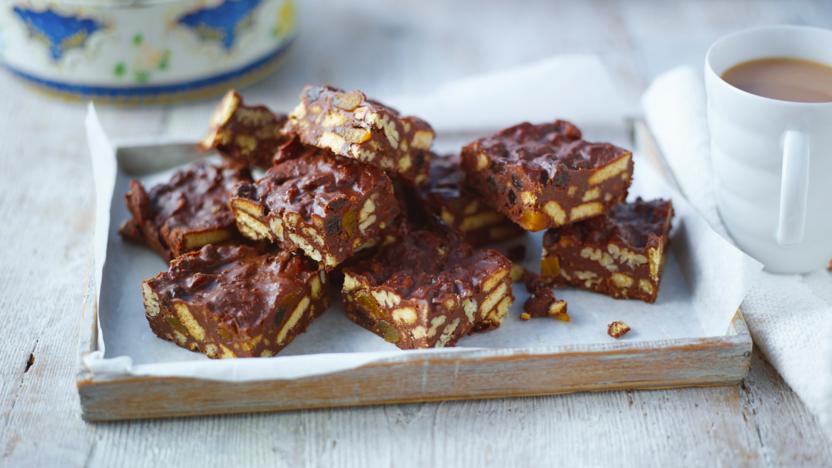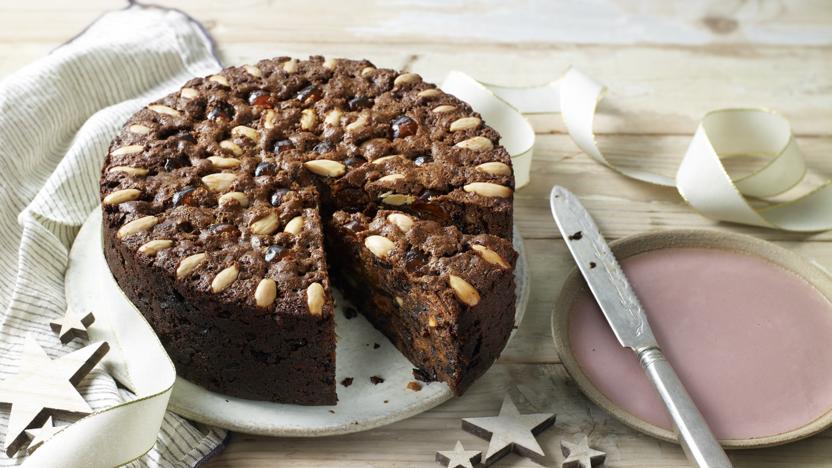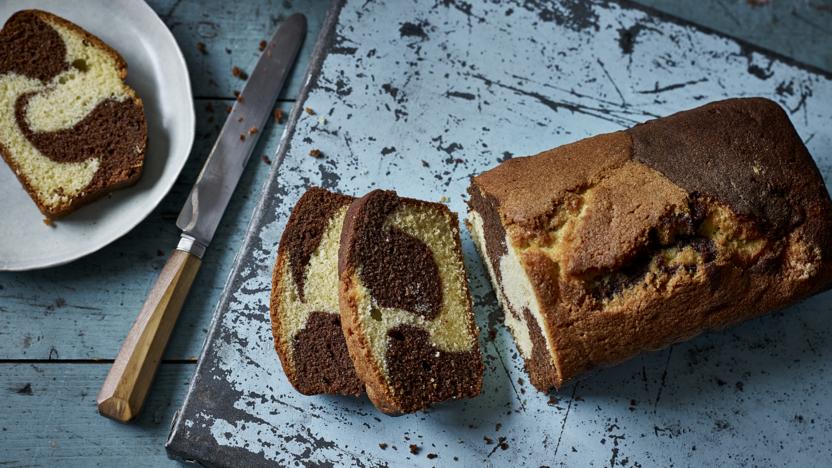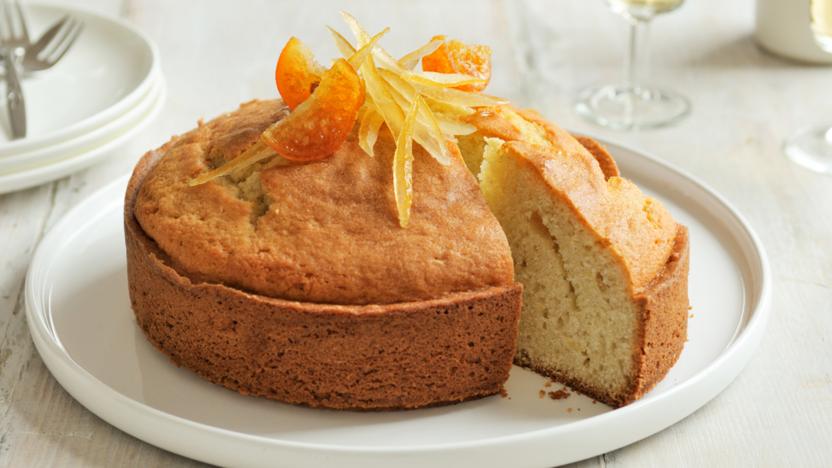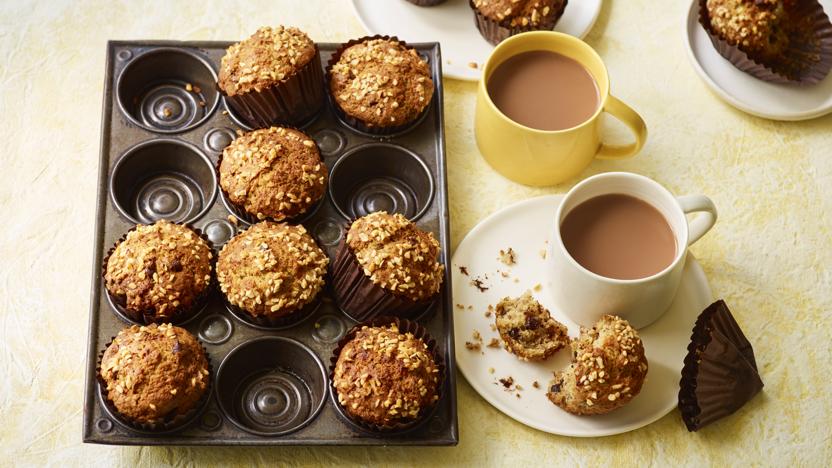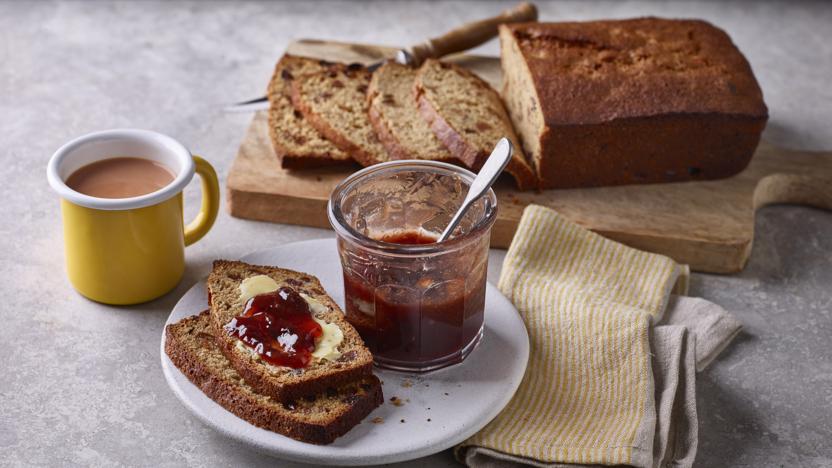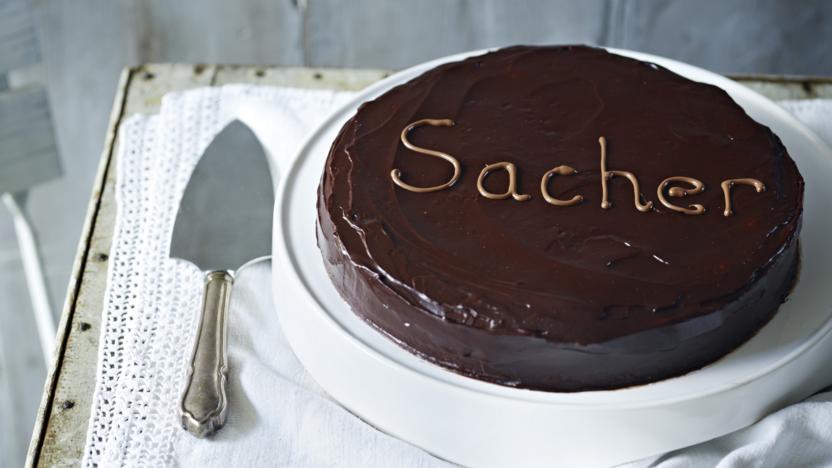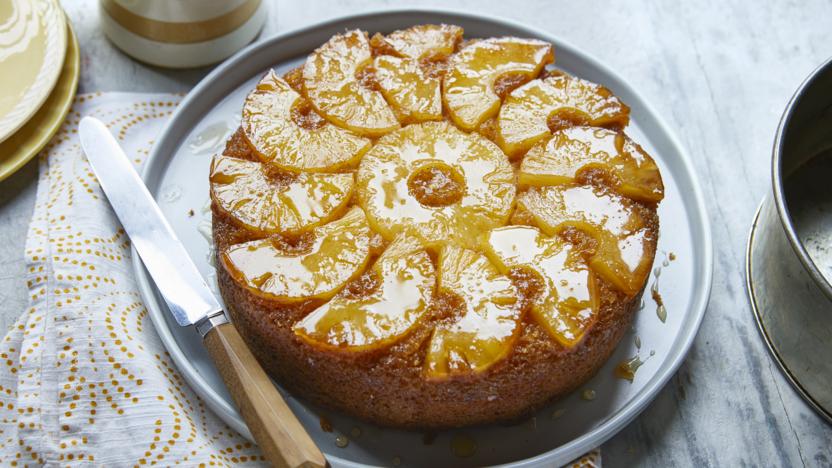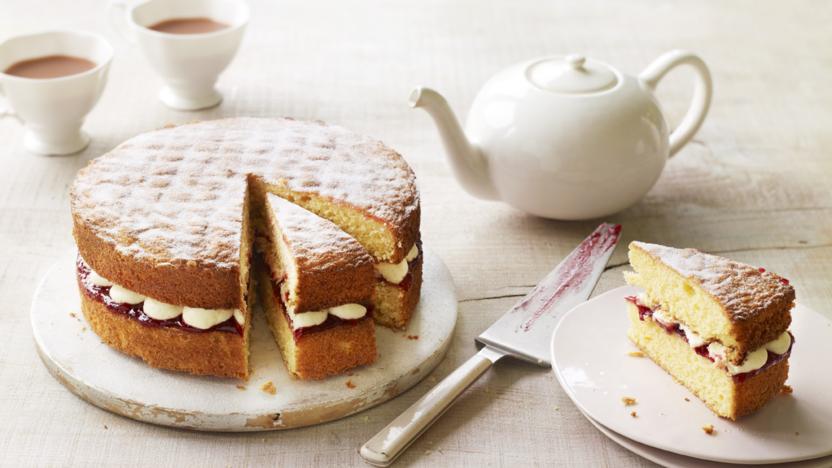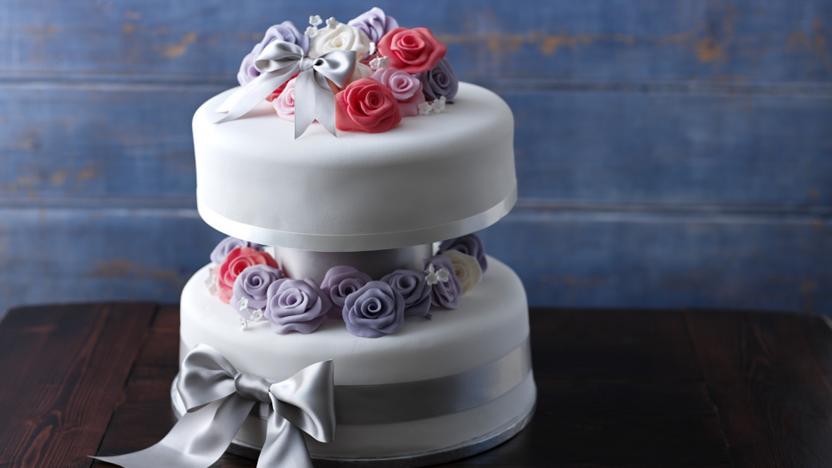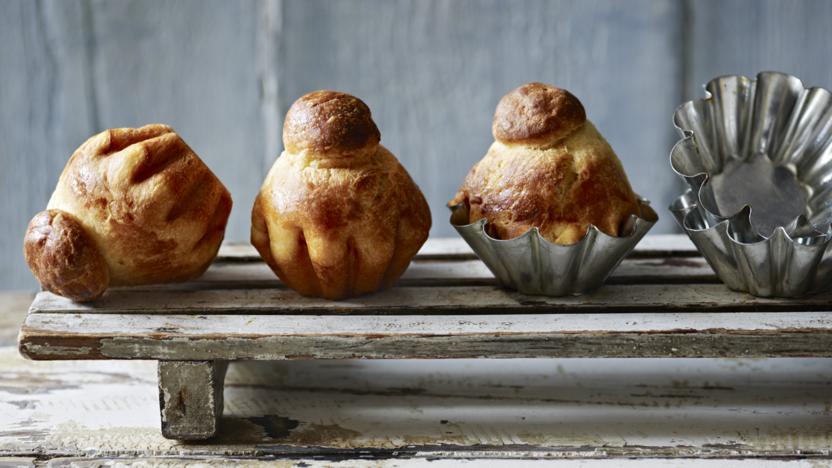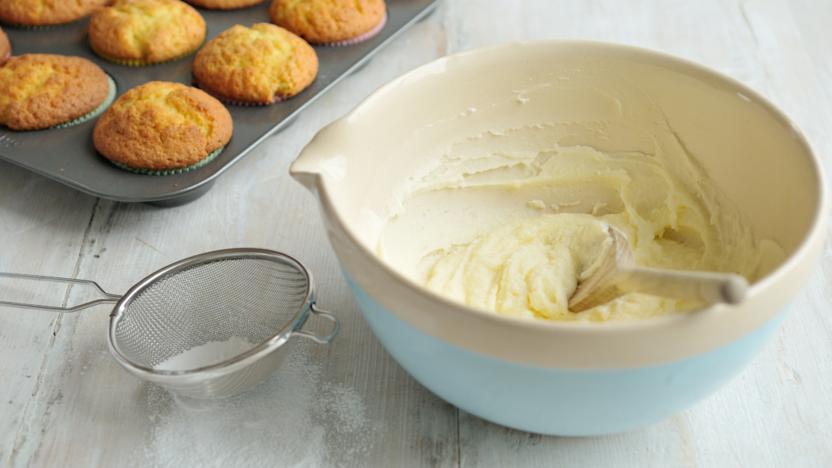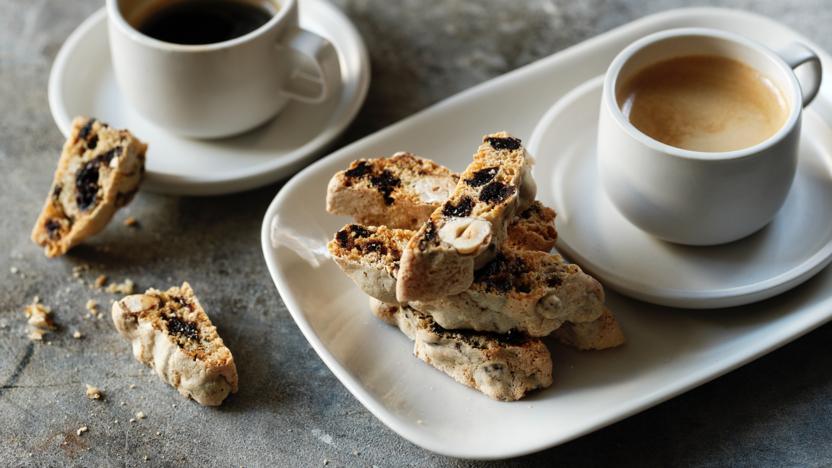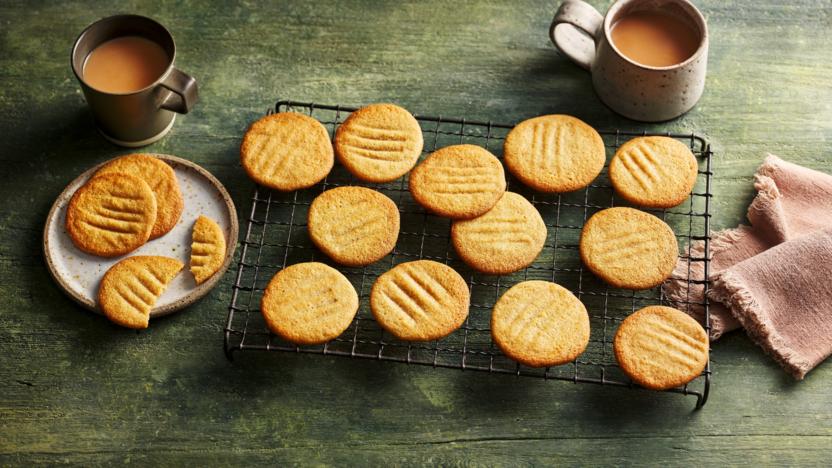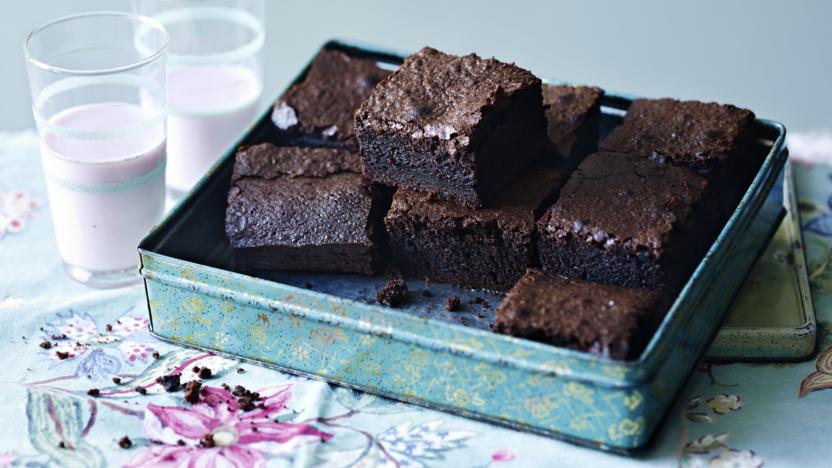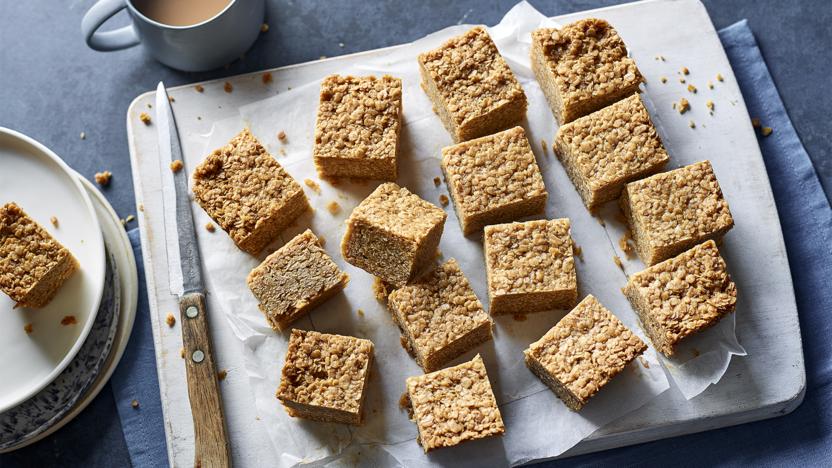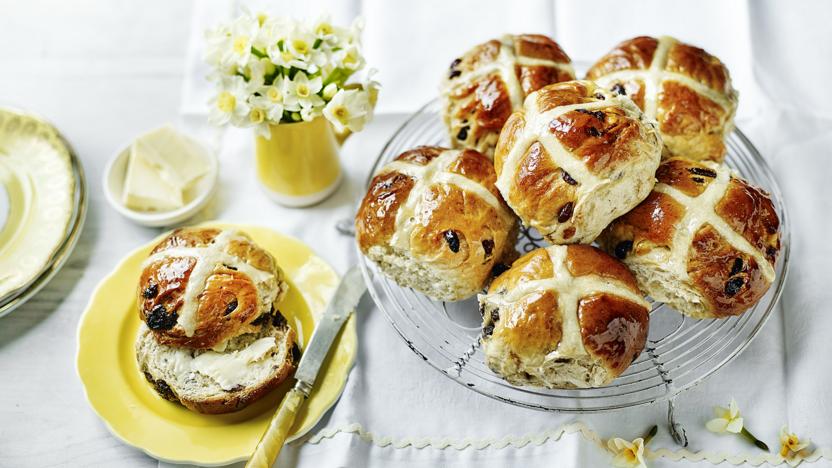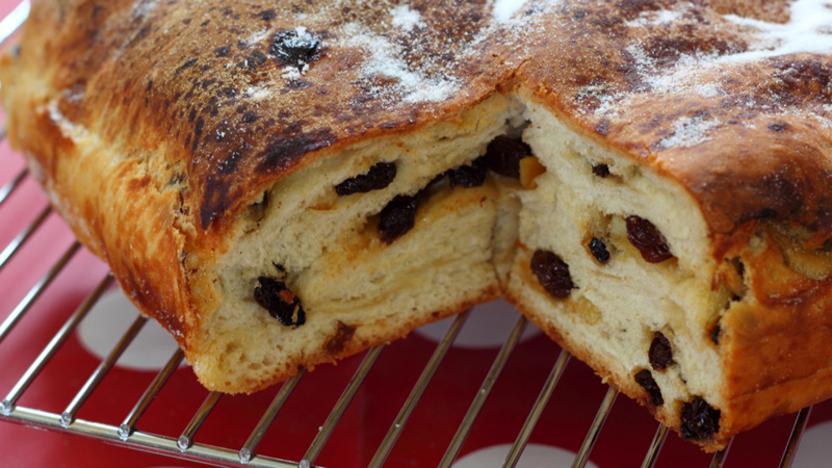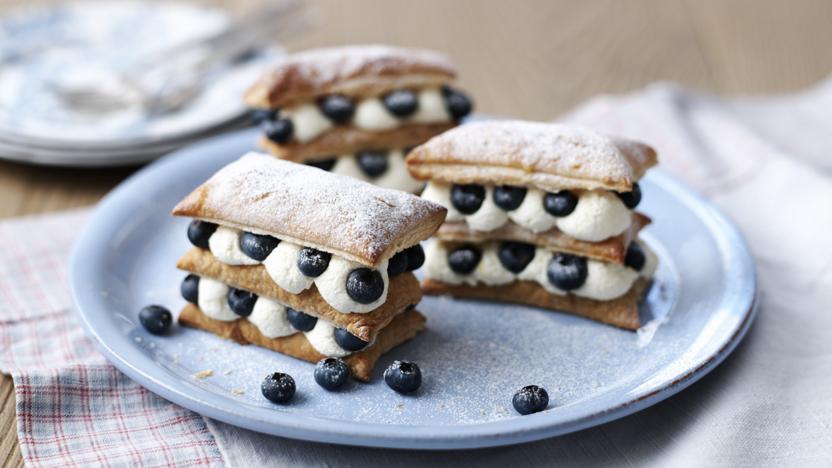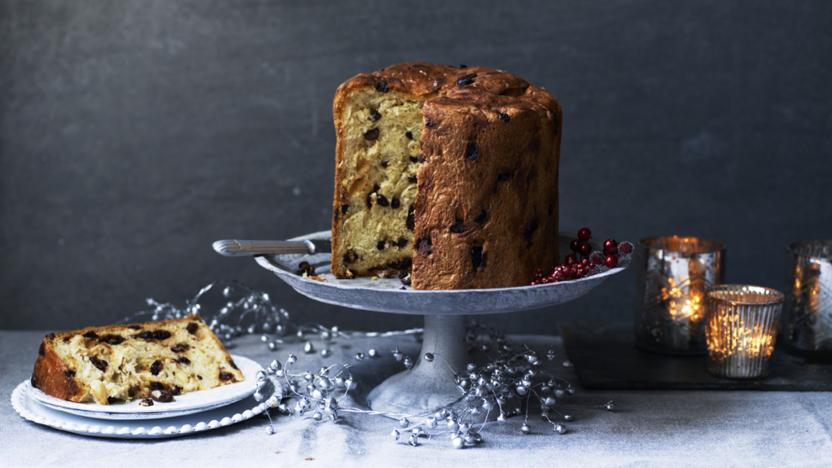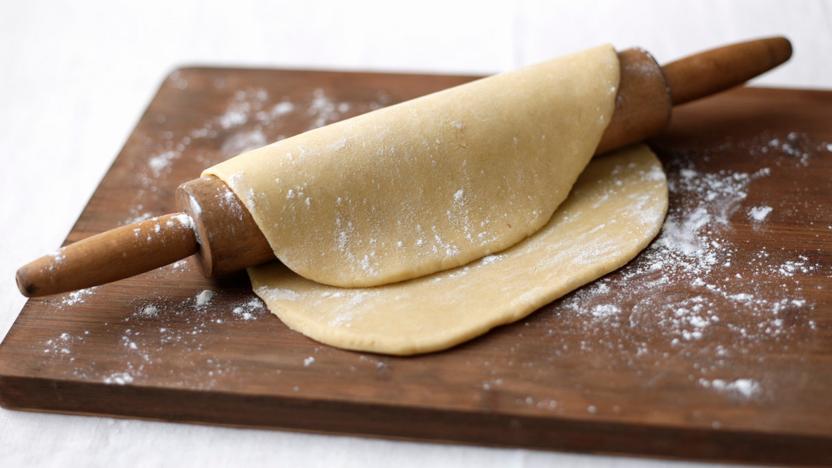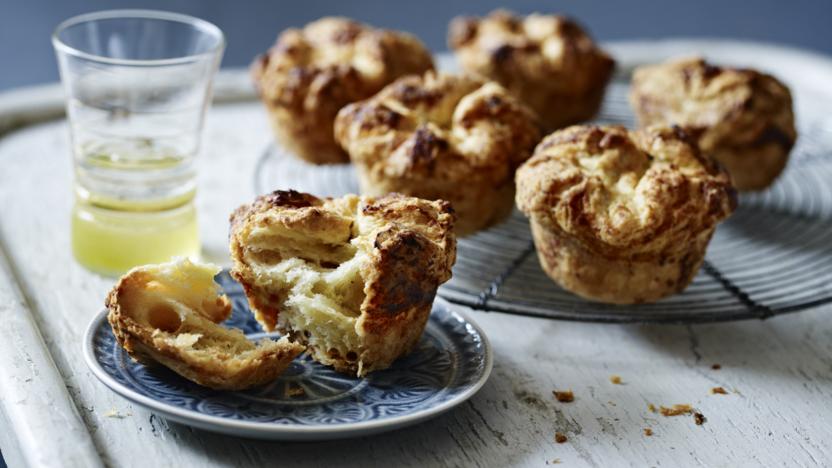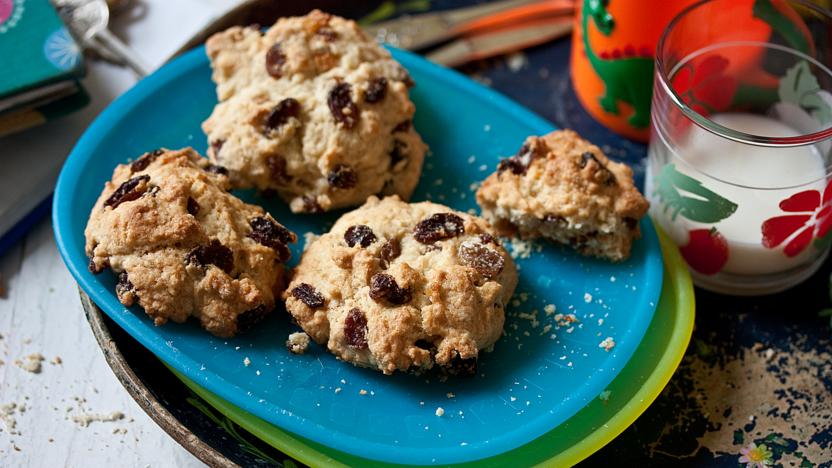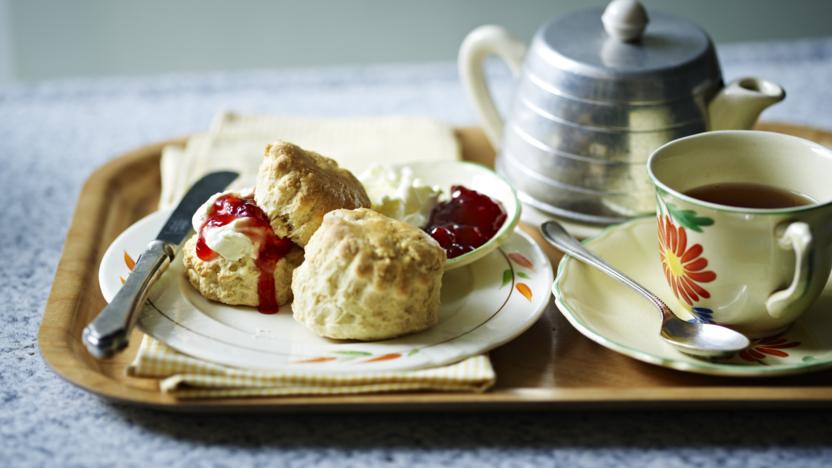Cake recipes
Browse our easy cake recipes: from birthday cakes, chocolate cakes and lemon drizzle cakes to the perfect Victoria sponge - not forgetting plenty of gluten-free options.
This easy ginger traybake cake is sticky, sweet and subtly spiced but still fluffy. It's the perfect tea-time treat for the colder months.
More cake recipes
Storage
Cakes are best stored in airtight tins rather than plastic boxes. Once a cake has been cut, the cut surfaces will start to dry. Covering them with a piece of aluminium foil minimises the effect. Undecorated cakes can be frozen for up to three months if tightly wrapped. It's also possible to freeze iced cakes: freeze them unwrapped just until the icing is firm (otherwise it will start to dry out) then carefully wrap the cake in clingfilm, plus an outer layer of aluminium foil. Remember to defrost the cake slowly in the refrigerator to prevent water beads or condensation forming on the surface.
Preparation
It's essential to accurately weigh and measure cake ingredients and to follow the instructions carefully. The ingredients need to be at the correct temperature before you start. For example, many cake recipes specify soft, chilled or frozen butter, and eggs at room temperature, in order to achieve a specific effect. The shape and dimensions of a tin radically effect the cake's cooking time, so always use the tin size specified in the recipe. Even non-stick cake tins need greasing and lining.
Where caster sugar is specified, coarser granulated sugar or fine icing sugar are not acceptable substitutes as they'll create detrimental effects, such as a speckled finish or failure to hold air bubbles in the batter. Darker sugars such as unrefined molasses sugar or muscovado are great for baking but will give a darker colour, deeper flavour and moister texture than caster sugar, so need to be used in their appropriate recipes.
Similarly, with flour, don't try to use strong bread flour in place of plain or self-raising flour because its gluten level is much higher. This will result in an uneven rise and a tough cake. You can, however, substitute plain flour for self-raising by adding sufficient raising agents.
